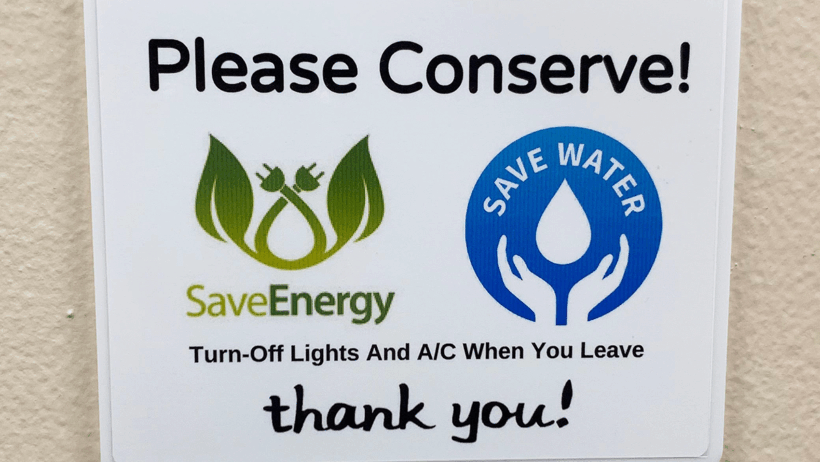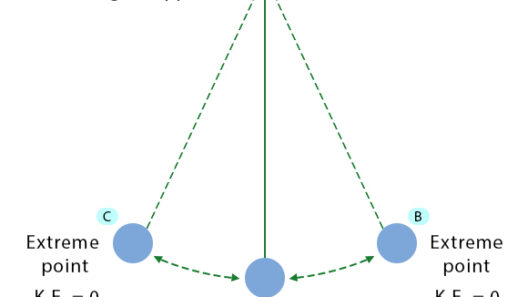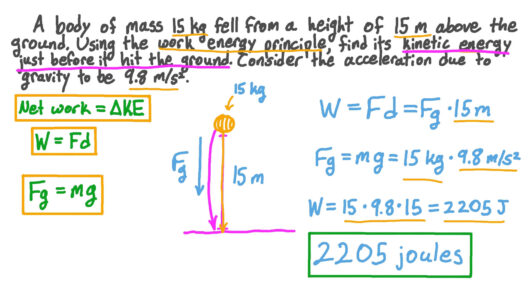In an era marked by escalating concerns about climate change and environmental degradation, the importance of conserving water and energy in our living spaces is more pressing than ever. For apartment dwellers, where space is often limited and resources can feel strained, the effort to incorporate sustainable practices into daily routines can seem daunting. However, compact living presents unique opportunities for significant impact. This discourse explores practical methodologies for conserving water and energy in apartments, elucidating how small changes can facilitate broader environmental benefits.
To initiate the journey towards a sustainable apartment lifestyle, it is essential to recognize the daily habits that often fly under the radar. Many residents might assume that their individual actions—such as leaving a faucet running or failing to turn off lights—have negligible repercussions. However, a closer examination reveals that these seemingly innocuous behaviors aggregate, culminating in substantial waste over time.
Water Conservation Strategies
The first area of focus is water conservation. The average person uses approximately 80-100 gallons of water per day, a figure that can be significantly reduced with simple adjustments. Installing aerators on faucets can reduce flow rates without sacrificing pressure. These inexpensive devices serve to mix air with water, resulting in a more efficient use of resources.
Showering tends to be one of the largest contributors to water consumption in apartments. Opting for shorter showers and installing low-flow showerheads can dramatically decrease water usage. Additionally, it is advisable to turn off the water while lathering up or shaving. This simple action can save gallons of water daily. Moreover, consider collecting cold water while waiting for the shower to heat up, and use this for watering plants or flushing toilets.
Leaky faucets and toilets represent another critical area where attention is needed. A single drip per second can waste over 3,000 gallons of water per year. Regular maintenance and prompt repairs of leaks not only conserve water but also prevent the prolongation of inefficient practices that contribute to water scarcity.
Rainwater harvesting is another innovative approach gaining momentum, albeit more common in homes with dedicated outdoor space. Nevertheless, apartment dwellers can consider installing a rain barrel to collect water from balconies or communal areas, using it to fulfill outdoor watering needs or as gray water for non-potable uses. These techniques underscore a proactive approach and can be an effective means of reducing dependency on municipal water supplies.
Energy Efficiency Measures
Transitioning to energy conservation, the impetus hinges on understanding how daily activities incur energy costs. The average apartment consumes energy through various appliances, lighting, and heating or cooling systems. Yet, implementing strategic energy-efficient practices can yield substantial savings and lessen the collective carbon footprint.
One of the most effective actions is replacing incandescent light bulbs with LED options. Though the initial investment might be higher, LED bulbs consume approximately 75% less energy and last significantly longer, making them an economically and environmentally wise choice. Furthermore, employing natural lighting during the day can diminish the need to use artificial lights, promoting a healthier indoor environment.
Heating and cooling practices also require attention. Utilizing programmable thermostats allows residents to tailor heating and cooling schedules to their needs, ensuring that energy is not wasted when occupants are absent. Setting the thermostat a few degrees lower in winter and higher in summer can lead to a remarkable reduction in energy consumption, without sacrificing comfort.
Moreover, energy-efficient appliances are pivotal in minimizing energy use. When replacing old models, tenants should prioritize Energy Star-rated appliances, which signify adherence to strict energy efficiency guidelines. Whether it’s refrigerators, dishwashers, or laundry machines, these appliances can significantly impact consumption patterns over time.
Utilizing power strips can also aid in curtailing energy waste. Many devices, even when switched off, continue to consume electricity—this phenomenon is known as phantom load. By connecting appliances to a power strip and turning it off when the devices are not in use, residents can prevent unnecessary energy expenditure.
Community Engagement
Apartment living offers a unique community dynamic. Engaging with neighbors can foster a collective mindset toward sustainability. Organizing events focused on sustainability, such as workshops on water conservation techniques or energy-saving practices, promotes awareness and accountability. When residents unite for a common cause, the impact is magnified. A community garden not only beautifies the space but serves as a platform for education on local food production, further enhancing water and energy conservation efforts.
Additionally, advocating for building-wide initiatives, such as the installation of solar panels or energy-efficient windows, can facilitate long-term change. Participating in discussions with management about sustainability practices can drive policy changes that benefit the entire residency, showcasing the power of collective action.
Conclusion
Ultimately, conserving water and energy in apartment living is not merely an act of individual responsibility, but a critical necessity in the context of global environmental challenges. Small behavioral adjustments, such as fixing leaks, opting for shorter showers, and replacing traditional bulbs, can have pronounced effects when adopted by many. Each tenant holds the potential to contribute to a greener future—compact living can indeed yield a significant impact when approached with intention and awareness.
Moreover, as awareness of sustainability grows, sharing knowledge and engaging with the broader community amplifies these efforts, transforming personal habits into a wave of change. Thus, every step taken toward conservation in apartments resonates far beyond the confines of four walls, contributing to a healthier planet for future generations.








